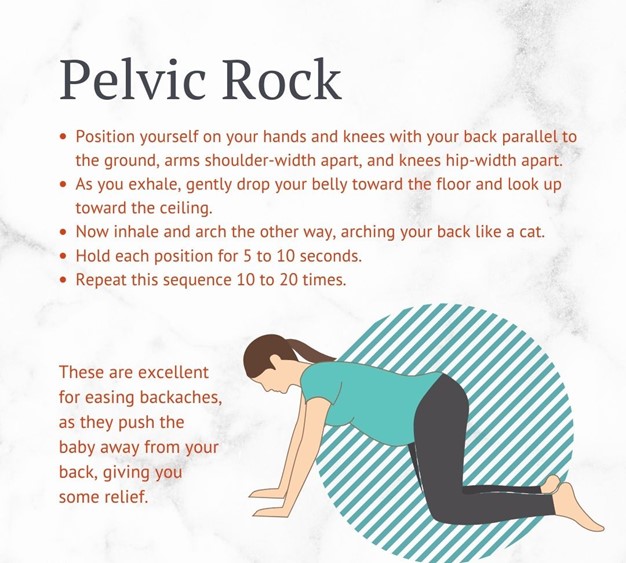Exhibits Here
The nurse is preparing the client for surgery. Which of the following actions should the nurse take? Select all that apply.
Obtain a complete blood count.
Prepare the client for insertion of an 18-gauge peripheral IV prior to surgery.
Administer Rh, D immune globulin prior to surgery.
Explain the surgical procedure to the client.
Verify consent form is signed by the client.
Assist with the administration of AB-positive blood products if needed.
Remind the client to be NPO prior to surgery.
Correct Answer : A,B,C,E,G
Based on the given information, the nurse should take the following actions in preparation for surgery:
- Obtain a complete blood count: This is important to assess the client's hemoglobin, hematocrit, and other blood parameters before surgery.
- Prepare the client for insertion of an 18-gauge peripheral IV prior to surgery: Adequate IV access is necessary for the administration of fluids and medications during and after surgery.
- Administer Rh, D immune globulin prior to surgery: This action is indicated if the client is Rh-negative and there is a possibility of fetal-maternal blood mixing during the termination of pregnancy. Rh, D immune globulin is given to prevent sensitization to
Rh-positive blood.
- Verify consent form is signed by the client: Ensuring that the client has provided informed consent is essential before proceeding with any surgical intervention.
- Remind the client to be NPO (nothing by mouth) prior to surgery: It is important for the client to have an empty stomach to reduce the risk of aspiration during anesthesia.
The following actions are not indicated based on the given information:
- Explaining the surgical procedure to the client: Although it is important for the client to have an understanding of the procedure, this is typically done by the surgeon rather than the nurse.
- Assisting with administration of AB positive blood products if needed: There is no indication of the need for blood products based on the information provided. Blood product administration would be determined based on the client's specific condition and surgical requirements.
Nursing Test Bank
Naxlex Comprehensive Predictor Exams
Related Questions
Correct Answer is D
Explanation
The APN, also known as a nurse practitioner or clinical nurse specialist, has advanced knowledge and expertise in pharmacology and medication management. They are trained to assess medication interactions, evaluate potential risks, and provide guidance to ensure safe and effective medication use.
The other members of the interdisciplinary team listed are not specifically trained to address medication interactions:
- Social worker: Social workers focus on addressing psychosocial aspects of care, such as emotional support, counseling, and resource coordination. While they may provide valuable assistance in various areas of the client's care, they typically do not have specialized knowledge in medication interactions.
- Patient care technician: Patient care technicians, also known as nursing assistants or certified nursing assistants, provide direct patient care under the supervision of nurses. They do not typically have the training or authority to address medication interactions.
- Psychologist: Psychologists specialize in the assessment, diagnosis, and treatment of mental and emotional health concerns. While they may be involved in the client's overall care, including medication management for mental health conditions, their expertise lies primarily in psychological assessment and therapy rather than medication interactions.
Correct Answer is D
Explanation
Pelvic rocking exercises can help relieve lower back pain during pregnancy. The client can perform this exercise by getting on their hands and knees, keeping their back straight, and gently rocking their pelvis back and forth. This helps to stretch and strengthen the muscles in the lower back and pelvis.

A. Sit in a hot tub for 30 min every evening: Hot tubs and hot baths are not recommended during pregnancy as they can raise the body temperature too high, which can be harmful to the developing fetus.
B. Raise chairs to keep knees lower than hips: This recommendation is more appropriate for promoting good posture and reducing strain on the back, but it may not specifically address lower back pain.
C. Use the arms to pick up heavy items: It is important to avoid heavy lifting during pregnancy as it can strain the back and increase the risk of injury. It is recommended to use proper lifting techniques, such as bending the knees and using the leg muscles rather than the back muscles, to lift objects.
Whether you are a student looking to ace your exams or a practicing nurse seeking to enhance your expertise , our nursing education contents will empower you with the confidence and competence to make a difference in the lives of patients and become a respected leader in the healthcare field.
Visit Naxlex, invest in your future and unlock endless possibilities with our unparalleled nursing education contents today
Report Wrong Answer on the Current Question
Do you disagree with the answer? If yes, what is your expected answer? Explain.
Kindly be descriptive with the issue you are facing.
